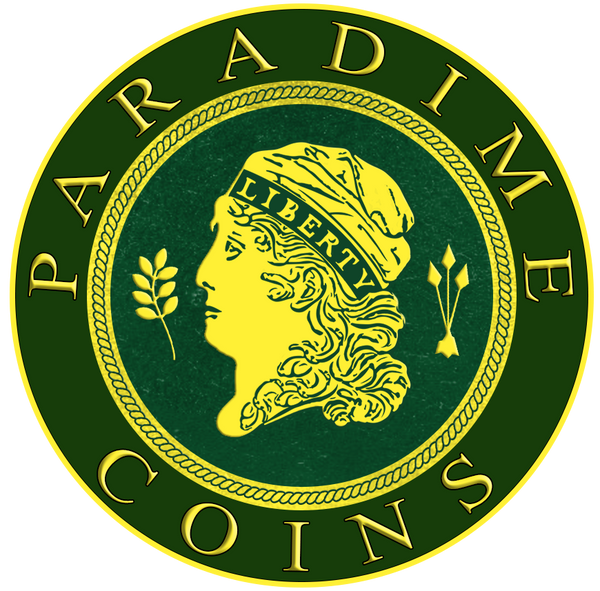1803 1C 100/000, BN
Share

The 1803 1C Draped Bust Large Cent with a 100/000 overdate is a fascinating and rare piece in American numismatic history. This coin represents an intriguing aspect of minting practices in the early 19th century, where dies were often reused or repurposed, leading to various unique overdates.
Rarity and Mintage
The Draped Bust Large Cents were minted from 1796 to 1807, with the 1803 being one of the more complex years, featuring multiple varieties. The 1803 1C 100/000 overdate is particularly unusual due to its rarity, becoming a significant draw for collectors. This overdate is recognized as a result of an engraver mistakenly repunching the last three zeros over the digits in the date, leading to the unique 100 over 000 marking. The exact mintage numbers for the 1803 Large Cents, in general, remain uncertain due to the lack of specific records from the Philadelphia Mint, but it's believed to be around 3,131,691 for all the 1803 varieties. The PCGS CoinFacts website provides an excellent reference point for enthusiasts, listing the PCGS number for this unique variety as 911501.
Value and Sales
The value of an 1803 1C 100/000 Large Cent heavily depends on its condition, rarity, and historical intrigue. Because of its rarity, examples in high grades can attract considerable attention and high auction prices. Exact sales figures for these coins can significantly vary, with mid-grade examples possibly fetching several thousand dollars. High-grade specimens, when they appear at auction, have been known to reach prices well into the tens of thousands. For instance, an XF40 graded example may sell for between $8,000 to $12,000, whereas an AU50 specimen could command upwards of $20,000, depending on auction dynamics and market interest.
Historical Context
From a numismatist's perspective, the 1803 1C 100/000 provides a physical connection to the early years of the United States Mint. The Draped Bust design, created by engraver Robert Scot, whispers stories of a nation forging its identity and economy. The use of overdate and repurposing techniques reflects the frugal yet inventive spirit of the period, with each coin serving as a testament to the Mint's evolving practices and challenges. As one navigates through resources like PCGS CoinFacts and numismatic auction records, the allure of this specific 1803 overdate grows. It offers insights not only into the technical aspects of coin production but also into the broader historical narrative of early American numismatics—a rich tapestry woven with curiosity and keen attention to detail from collectors and historians alike.





